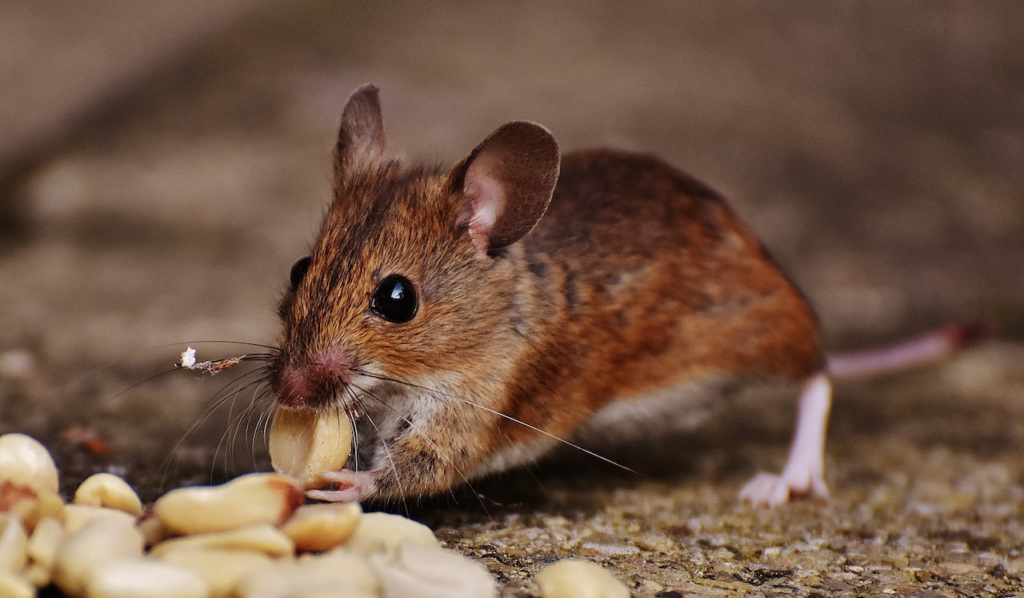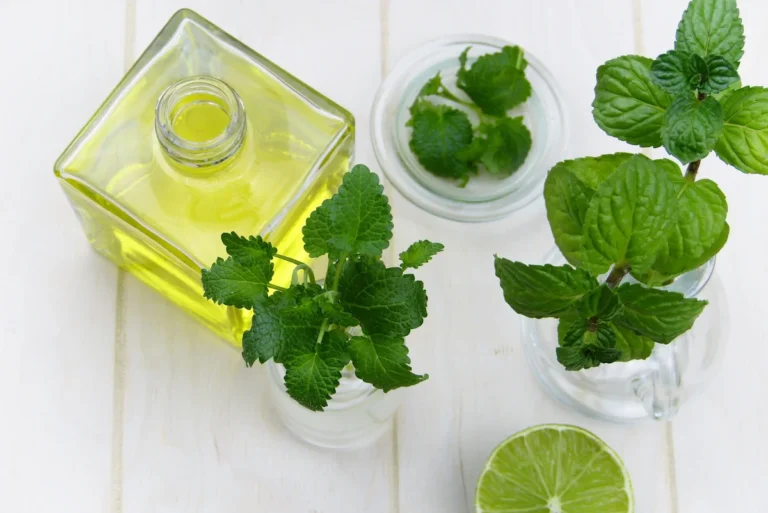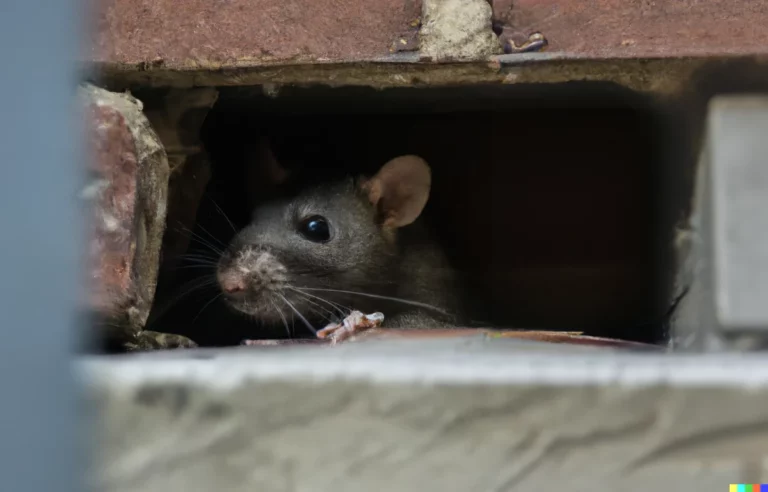Table of Contents
ToggleHow To Keep Pest Control Costs Under Control

Pest control is an essential aspect of maintaining a healthy and comfortable living environment. However, it can also be a significant expense. From hiring professional services to purchasing materials and equipment, the costs associated with pest control can quickly add up. Fortunately, there are several strategies you can employ to keep pest control costs under control without compromising the effectiveness of the treatment. In this article, we will explore various tips and approaches to help you minimize expenses while effectively managing pests in your home.
Early Intervention and Prevention
One of the most effective ways to control pest control costs is by addressing the issue as soon as it arises. When pests are left unchecked, they can quickly multiply and spread, making the problem more challenging and costly to resolve. Therefore, it’s crucial to take immediate action when you notice signs of infestation, such as pest droppings, damage to property, or unusual noises.
Additionally, investing in preventive measures can help you avoid costly infestations altogether. Regularly inspect your home for potential entry points, such as cracks in the foundation, gaps around windows and doors, or openings in utility lines. Seal these entry points to prevent pests from gaining access to your home. Furthermore, practicing good sanitation and hygiene habits can go a long way in deterring pests. Keep your living spaces clean, store food in sealed containers, and promptly dispose of garbage in tightly sealed bins.
Consider DIY Solutions
For minor pest problems or situations that can be managed with do-it-yourself (DIY) approaches, opting for self-treatment can help save money. DIY pest control methods include using baits, traps, natural repellents, or insecticides available for purchase in stores or online. It’s important to thoroughly research and follow instructions to ensure safe and effective application.
However, it’s crucial to note that DIY approaches may not be suitable for severe infestations or certain pest species that require professional expertise to eradicate. In such cases, seeking professional assistance is recommended to avoid exacerbating the problem and incurring higher costs down the line.
Ongoing Maintenance and Monitoring
Pests can be persistent, and even after successful treatment, there is a risk of reinfestation. To avoid recurring pest problems, consider signing up for ongoing maintenance plans offered by pest control companies. These plans often include regular inspections and preventive treatments to keep pests at bay and catch any potential issues early on. While these plans involve recurring costs, they can be more cost-effective in the long run by preventing severe infestations that would require costly interventions.
Integrated Pest Management (IPM) Approach
Integrated Pest Management (IPM) is a comprehensive approach to pest control that focuses on long-term prevention and minimizing reliance on chemical treatments. IPM involves a combination of preventive measures, monitoring, and targeted interventions based on the specific pest species and their behavior. By adopting an IPM approach, you can reduce the frequency and intensity of pest control treatments, thus minimizing associated costs.
IPM strategies may include sealing entry points, implementing sanitation practices, removing food and water sources, using physical barriers, and employing biological control methods. While IPM requires careful planning and continuous monitoring, it offers a more sustainable and cost-effective approach to pest management.
Maintain a Clean and Pest-Friendly Environment
Preventing pest infestations starts with creating an environment that is unattractive to pests. Regular cleaning, decluttering, and proper maintenance of your home and surrounding areas can significantly reduce the risk of infestation. Clean up spills promptly, vacuum regularly, and keep food stored in airtight containers. Trim vegetation away from the house, remove standing water sources, and maintain proper drainage to eliminate breeding grounds for pests.
Educate Yourself About Pests
Knowledge is a powerful tool in pest control. Take the time to educate yourself about the common pests in your area, their habits, and vulnerabilities. By understanding the life cycles and behaviors of pests, you can proactively implement preventive measures and identify signs of infestation early on. Additionally, familiarize yourself with DIY methods and natural remedies that can help manage pests in a cost-effective manner.
Long-Term Structural and Landscape Modifications
In some cases, making long-term structural or landscape modifications can help prevent pest infestations and reduce the need for ongoing treatments. For example, sealing cracks and gaps in the foundation, installing screens on windows and vents, and repairing or replacing damaged roofing can prevent pests from entering your home. Similarly, modifying landscaping to minimize moisture buildup and create physical barriers can deter pests from nesting near your property.
Regular Monitoring and Early Detection
Consistent monitoring of your home and property can help detect pest problems in their early stages when they are easier and less costly to address. Set up monitoring devices, such as traps or pheromone baits, in susceptible areas to detect the presence of pests before an infestation becomes established. Regularly inspect your property for signs of pests, such as droppings, gnaw marks, or damaged structures.
Do Not Procrastinate
One of the most common mistakes homeowners make is procrastinating when it comes to pest control. Ignoring or delaying pest problems can result in significant damage and higher costs in the long run. As soon as you notice signs of infestation or suspect a pest problem, take immediate action by seeking professional assistance or implementing appropriate DIY measures. Prompt intervention can help prevent the problem from escalating and save you from more substantial financial burdens.




